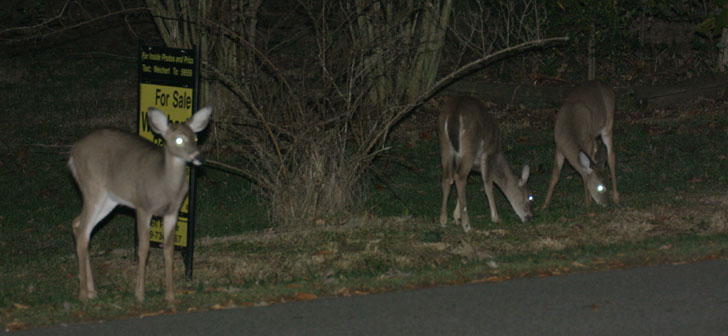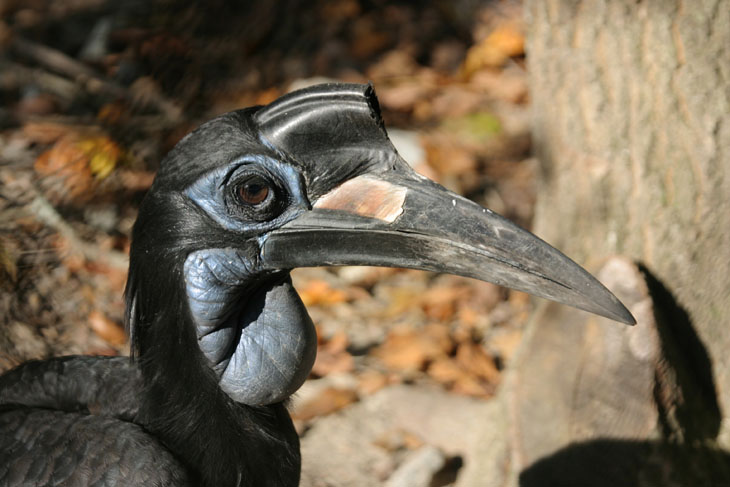
As I indicated in the previous post, we had a trip planned that might produce some new images, and while I’d like to build the suspense to the point of frustration, I find this a hard thing to do, especially when I lead the post off with a header photo. So yes, we did get some useful stuff, and this will be another multiple post.
Nature photographers, as well as amateur naturalists and simply people interested in animals, need to get out from time to time to places where close encounters are virtually guaranteed – in the case of nature photographers, it’s to build stock images and add some portrait and interest-style pics, but it also helps to learn a bit more about whatever species you can. Sylvan Heights Bird Park has been on my list for a few years now, but it sits in a remote town in NC called Scotland Neck, which really isn’t close to anything except I-95. However, it’s well worth the special trip, and more than once, too. It’s not just the variety or good opportunities for avian photos, but the fact that it is almost interactive.
 The first indication of what kind of a day it would be came early on, having entered the park and started out on the deck observing the first pond. While comparing the number of birds, mostly ducks, that were coming up for morning chow, The Girlfriend began making excited attention-getting sounds while being unable to create any actual words. I was trying to remember the procedure for the Heimlich maneuver when I saw what had her attention, which was a young crane eagerly following a park worker up the path like a puppy. The worker heard us, and on return helpfully came over to allow us a closer look. Her companion was a nine-week-old Sarus Crane (Grus antigone), about 80 cm (2 ft) tall and still in the needy stage. That alone probably would have sealed the deal, at least as far as The Girlfriend was concerned, but it was only the start.
The first indication of what kind of a day it would be came early on, having entered the park and started out on the deck observing the first pond. While comparing the number of birds, mostly ducks, that were coming up for morning chow, The Girlfriend began making excited attention-getting sounds while being unable to create any actual words. I was trying to remember the procedure for the Heimlich maneuver when I saw what had her attention, which was a young crane eagerly following a park worker up the path like a puppy. The worker heard us, and on return helpfully came over to allow us a closer look. Her companion was a nine-week-old Sarus Crane (Grus antigone), about 80 cm (2 ft) tall and still in the needy stage. That alone probably would have sealed the deal, at least as far as The Girlfriend was concerned, but it was only the start.
The park has several aviary sections with gates that the public is invited to enter, which puts them among a wide selection of fowl each time. Typically, low fences separate the public from the natural areas for the birds, but this doesn’t mean that some of the birds won’t come by out of curiosity or the thought of a handout (food is available to be given out to the birds if desired.) From a nature photographer’s viewpoint, this has both bad and good points. The fencing and netting is a necessary part of having a public attraction such as this, but it does produce a number of limitations if you’re trying to leave such things out of your images (and you should.) However, most of the areas are fairly large and provide angles to eliminate the man-made aspects, so while it isn’t possible to photograph every species this way, most can be exploited with a little effort.
For the Abyssinian Ground Hornbill (Bucorvus abyssinicus) at top, I was able to shoot through the fencing by putting the lens against the openings, producing only the subtle staggered background seen behind her head. The fence was necessary, however, as she tried to greet my close approaches with that massive beak, and while she might simply have wanted a handout, finding out the hard way that she was being protective of her territory is something I’d prefer to avoid.
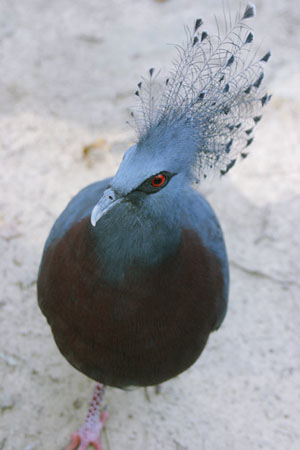 The other side of this coin was the pair of Victoria Crowned Pigeons (Goura victoria) who came up to the fence at our feet and hung out for portraits, then hopped onto the railing to really mug it up, even nibbling on The Girlfriend’s lenshood in the vague hope that Canon had finally made one that was edible (we’ve all been waiting.) There’s always a part of me that’s prepared for the defensive peck or bite, since what appears friendly to us is often intended as a menacing warning sign from birds, but the Vics were totally blasé about our presence. Another Crowned Pigeon, this one alone in a cage nearby, began producing a remarkable call, so bass that it was hard to trace and almost disturbing – I can recommend bringing either a sound recording device or video camera to capture the full range of experience within the park. Also, when shooting digital, be sure to snap the identification signs as you go so you have a record of the species later on.
The other side of this coin was the pair of Victoria Crowned Pigeons (Goura victoria) who came up to the fence at our feet and hung out for portraits, then hopped onto the railing to really mug it up, even nibbling on The Girlfriend’s lenshood in the vague hope that Canon had finally made one that was edible (we’ve all been waiting.) There’s always a part of me that’s prepared for the defensive peck or bite, since what appears friendly to us is often intended as a menacing warning sign from birds, but the Vics were totally blasé about our presence. Another Crowned Pigeon, this one alone in a cage nearby, began producing a remarkable call, so bass that it was hard to trace and almost disturbing – I can recommend bringing either a sound recording device or video camera to capture the full range of experience within the park. Also, when shooting digital, be sure to snap the identification signs as you go so you have a record of the species later on.
The various bird calls, of course, form a jungle-movie soundtrack of background noise throughout the park, occasionally interspersed with someone’s piercing cries just, apparently, for the hell of it. The Argus Pheasant (Argusianus argus) could produce a “Wooo!” that would have made Michael Jackson give up in frustration, and started a string of calls that got gradually faster until it sounded like a siren. A Dark-winged Trumpeter (Psophia viridis) favored us with a rattling sound much like the local crows, which I imitated by dragging my finger against the cage fencing, thereby eliciting a brief conversation. I have no idea what either of us said, but I suspect the bird was simply correcting my pronunciation.
The park itself is the offshoot of a decades long breeding program by the founder, Mike Lubbock, who started it as a private preserve in 1989, only opening the public center in 2006. Thus, much of it is dedicated to threatened and endangered species around the globe, and a whole portion of the facility is separate from the public park, which is where breeding programs for zoos and conservation efforts take place. There were several species that we saw that we already knew from the NC Zoological Park and the three NC aquariums, and we suspect we now know where they came from.
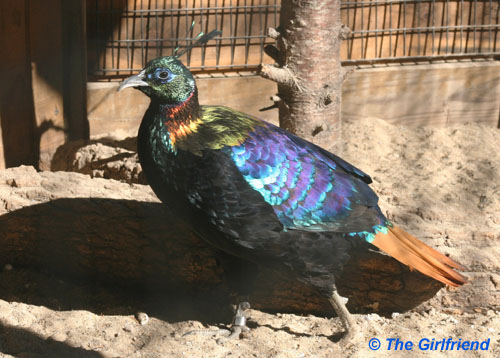 It also provides the opportunity to see some rare and endangered species up close and personal, as well as some really vivid ones, like this startlingly iridescent Himalayan Monal Pheasant (Lophophorus impejanus,) also known as an Impeyan Monal or Danphe. The difference between the male and female (the male shown here) is so drastic as to convince virtually anyone that they are completely separate species. And the nice thing about two people shooting is that one of you can save the ass of the other when they fail to get a decent image, as happened here.
It also provides the opportunity to see some rare and endangered species up close and personal, as well as some really vivid ones, like this startlingly iridescent Himalayan Monal Pheasant (Lophophorus impejanus,) also known as an Impeyan Monal or Danphe. The difference between the male and female (the male shown here) is so drastic as to convince virtually anyone that they are completely separate species. And the nice thing about two people shooting is that one of you can save the ass of the other when they fail to get a decent image, as happened here.
I’ve never been too excited about ducks, which admittedly is where the strength of this park lies – there are more species here than I’ve seen in any other facility or collection, from every continent. Regardless, if you’re into birds in the least, this is a great place to visit, showing off species, plumage, and behavior in prime viewing conditions. Photographers won’t need a long telephoto lens to get decent photos – most of my shots were done with my 24-135mm workhorse – but a tele can produce great portraits from even the shy residents. The park is also kid-friendly, handicapped accessible, and picnic lunches are welcome. Check it out!
Coming up: more photos and encounters from the park… which can now be found here.






















































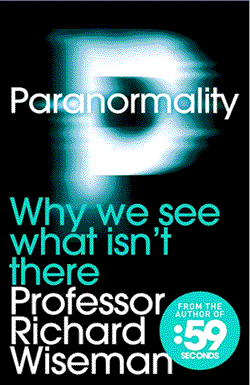

 At left, a visitor just across the road late one night, who knew I was there but wasn’t too concerned – it’s possible to exploit this if you try. Just move slowly but casually, since animals respond more to actions than appearance. Let me put it this way: if you were auditioning for a part in a play and asked to “creep up on somebody,” what would it look like? Usually, exactly what most people do when trying to photograph animals. But the animals recognize this too. If instead, you were asked to “blend in with the crowd and not attract attention,” you’d be heading in the right direction. You’d look off into the distance and seem bored or preoccupied, wander aimlessly, and do anything significant only when no one was looking. You got it.
At left, a visitor just across the road late one night, who knew I was there but wasn’t too concerned – it’s possible to exploit this if you try. Just move slowly but casually, since animals respond more to actions than appearance. Let me put it this way: if you were auditioning for a part in a play and asked to “creep up on somebody,” what would it look like? Usually, exactly what most people do when trying to photograph animals. But the animals recognize this too. If instead, you were asked to “blend in with the crowd and not attract attention,” you’d be heading in the right direction. You’d look off into the distance and seem bored or preoccupied, wander aimlessly, and do anything significant only when no one was looking. You got it.